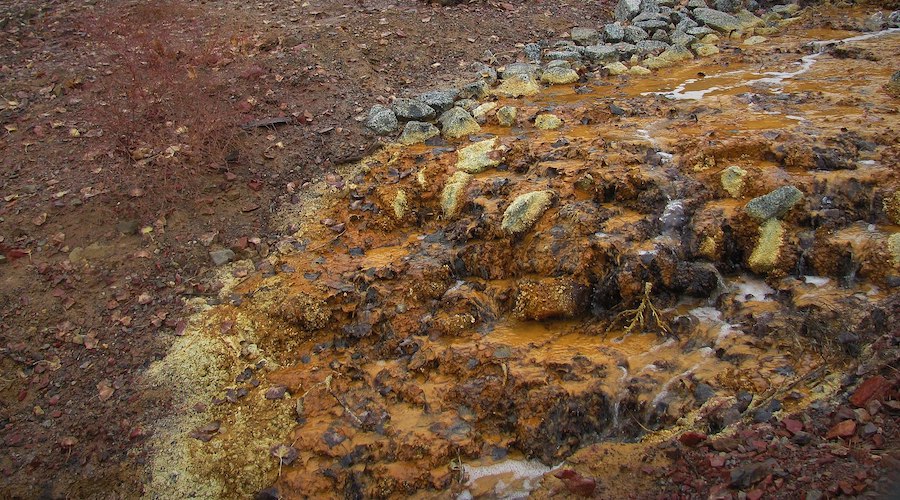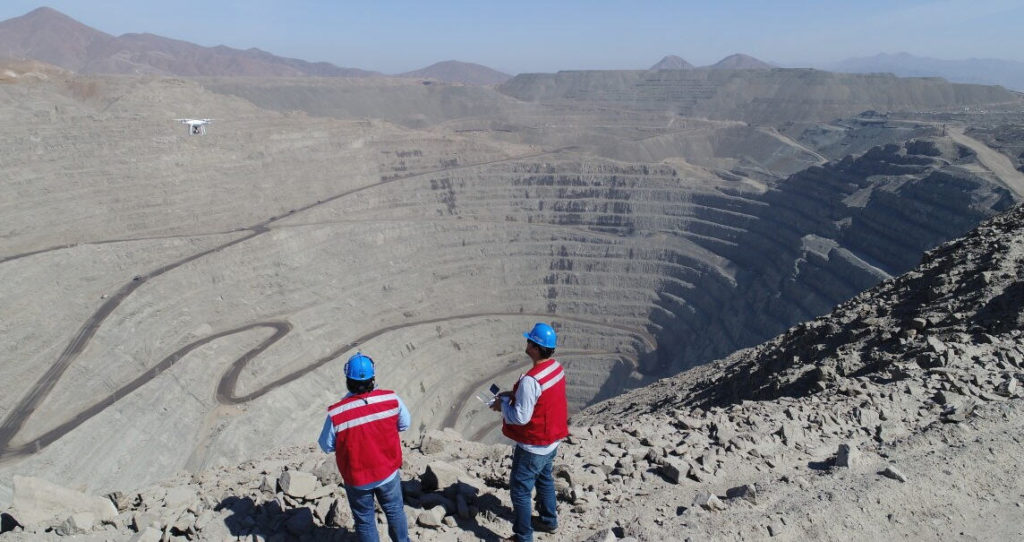TerraPower, a company working on small-scale nuclear reactor development backed by Bill Gates, has raised $750 million in investment, including from South Korea's second-largest conglomerate, to pursue its plan to manufacture mini-reactors.
TerraPower, a nuclear energy technology company, raised the funding co-led by Bill Gates to manufacture nuclear reactors that would be cheaper than conventional reactors.
SK Inc, part of South Korea's SK Group, invested $250 million in TerraPower in the fundraising, the company said on Monday.
As the world looks to cut carbon emissions from energy sources, Gates has been betting on small nuclear reactors that could have lower costs than the typical reactors used in nuclear power generation plants. At the same time, nuclear energy generation is zero-emission.
Last year, TerraPower picked a remote coal town in western Wyoming as the site of its first innovative nuclear power plant. The U.S. Department of Energy welcomed the plans and said last November it was "extremely excited about this project."
The DOE plans to invest nearly $2 billion to support the licensing, construction, and demonstration of this first-of-a-kind reactor by 2028.
Earlier this year, TerraPower said the project was underway. During the first three years of this project, TerraPower is focused on advancing the plant design and submitting the construction permit application to the U.S. Nuclear Regulatory Commission (NRC). Early construction activities will likely begin in 2024, TerraPower said in May.
Nuclear energy, especially innovative technologies such as small-scale nuclear reactors, could be an important breakthrough in the quest for low-carbon power generation.
Moreover, since the Russian invasion of Ukraine, nuclear power has returned to the spotlight as a way to reduce dependence on Russian fossil fuels while keeping emissions in check. Even Germany is debating whether to end nuclear power generation at the end of 2022, as planned, in light of the gas crisis. Germany has three remaining nuclear power plants operating, and they should be shut by the end of this year under a plan the country adopted to stop the use of nuclear energy following the Fukushima disaster. Earlier this month, German Chancellor Olaf Scholz signaled that "it could make sense" to keep nuclear power plants operating.
By Tsvetana Paraskova for Oilprice.com
California Might Keep One Nuclear Plant Open
By Charles Kennedy - Aug 15, 2022,
Anticipating electricity supply shortages well into 2026, California Governor Gavin Newsom has proposed allowing the state’s last-remaining nuclear power plant to continue operations beyond its 2025 planned shutdown.
The package of legislation, which included aggressive action against climate change, must be passed by the end of August or be sidelined, according to ArsTechnica.
Governor Newsom is proposing that the last nuclear plant be allowed to operate for an additional five to 10 years beyond 2025, arguing that it would help with the state’s ambitious targets to reduce carbon emissions.
The State of California is targeting 90% clean energy in 2035 for electricity generation.
Saving the last nuclear plant–the 2.2 GW facility at Diablo Canyon–could help towards these goals, according to Newsom’s proposal, as it is carbon free energy.
Diablo supplies a minimum of 5% and a maximum of 10% of California's electricity.
That plant has two operational turbines, one set for decommissioning in 2024 and the other for the following year. The new plan–if passed by the legislature–would see the state provide the plant’s operator with a $1.4-billion loan to remain up and running.
The proposal is expected to meet with significant opposition, not the least from environmentalists and others who are concerned about the seismic faults in the area of the plant, as well as the negative effects on the seawater that is used to cool the facility.
However, Newsom believes that the state is at risk of missing its ambitious climate targets unless the nuclear plant is allowed to continue operations–suggesting that environmentalists will have to choose between these two eventualities.
“We are behind where we need to be in bringing our clean resources online,” Newsom stated during a webinar on Friday, as reported by E&E News, suggesting that decommissioning the nuclear plant could not happen without more advancement in adding clean energy to the mix.
Newsom and his aides cited increasing demand and future demand projections for electricity with the growing adoption of electric vehicles, as well as the pressures of climate change and extreme heat.
By Charles Kennedy for Oilprice.com



